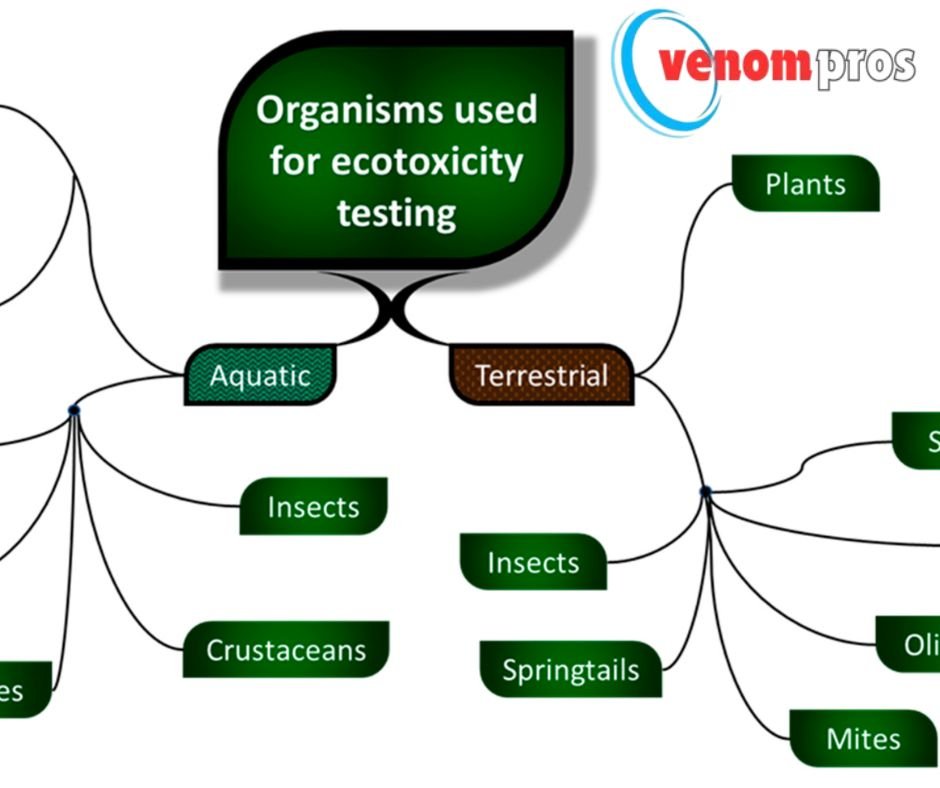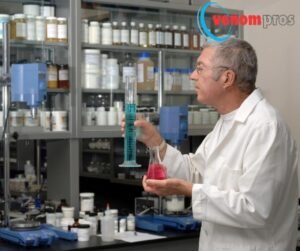
Environmental Toxicologist: Ecosystem Risk Assessor
Environmental toxicologists play a critical role in assessing the impact of pollutants and chemicals on ecosystems and human health. Their work serves as the foundation for developing regulations that protect natural resources, wildlife, and public health from toxic threats. They evaluate how toxic substances move through ecosystems, interact with living organisms, and pose risks. These scientists serve as ecosystem risk assessors, tasked with identifying potential hazards and developing strategies to mitigate environmental damage.
The Role of an Environmental Toxicologist
Environmental toxicologists investigate the effects of chemicals—such as pesticides, heavy metals, industrial by-products, and pharmaceuticals—on ecosystems. They combine their expertise in chemistry, biology, and environmental science to understand the complex relationships between pollutants and the natural environment. Their studies range from analyzing water quality in lakes and rivers to understanding how pollutants accumulate in the food chain.
A key aspect of their role is conducting risk assessments. This involves identifying potential hazards, determining exposure levels, and evaluating the likelihood of adverse effects on ecosystems. Risk assessment helps guide the development of policies and regulations designed to reduce exposure to harmful substances.
Ecosystem Risk Assessment: The Process
Hazard Identification: This first step involves determining which chemicals or pollutants pose potential risks to the ecosystem. Environmental toxicologists may focus on substances known to be harmful or emerging contaminants whose effects are not yet fully understood. For example, chemicals like mercury, lead, or pesticides can be identified as hazardous to aquatic and terrestrial environments.
Dose-Response Assessment: Environmental toxicologists study how different levels of a toxic substance affect organisms. This step is crucial for understanding the threshold at which a chemical becomes harmful. By studying organisms like fish, amphibians, or invertebrates in controlled settings, toxicologists can determine the dose that leads to adverse effects, such as reproductive issues, behavioral changes, or death.
Exposure Assessment: Here, environmental toxicologists evaluate how much of a toxic substance organisms in the ecosystem are exposed to and over what period of time. They examine how contaminants travel through the environment, whether through air, soil, or water. For example, they may assess how industrial pollutants disperse through waterways, how agricultural chemicals leach into soil, or how air pollution affects plant life.
Risk Characterization: This is the final step where toxicologists integrate data from hazard identification, dose-response assessment, and exposure analysis to estimate the overall risk to the ecosystem. Risk characterization provides a comprehensive evaluation of whether the chemical poses significant harm to an ecosystem, species, or habitat.
Key Areas of Focus in Ecosystem Risk Assessment
Aquatic Toxicology: One of the main areas of environmental toxicology is the study of how pollutants affect aquatic ecosystems. Water bodies such as rivers, lakes, and oceans are particularly vulnerable to contamination from agricultural runoff, industrial discharges, and urban wastewater. Toxicologists analyze how chemicals like heavy metals, nitrates, and pesticides impact fish, plants, and other aquatic organisms. They also study the accumulation of toxins in the food chain, which can have cascading effects on entire ecosystems and human health.
Terrestrial Toxicology: Environmental toxicologists also study how chemicals impact land-based ecosystems, including forests, grasslands, and deserts. They assess how pesticides and industrial chemicals affect soil health, plant life, and wildlife. For example, the widespread use of certain pesticides has been linked to declining populations of pollinators, like bees and butterflies, which are vital to the functioning of ecosystems. Terrestrial toxicologists work to identify the sources and long-term effects of these chemicals, helping to guide agricultural practices that reduce harm to ecosystems.
Bioaccumulation and Biomagnification: Two critical concepts that environmental toxicologists focus on are bioaccumulation and biomagnification. Bioaccumulation refers to the buildup of toxic substances in an organism over time, while biomagnification occurs when these toxins become more concentrated as they move up the food chain. These processes are particularly concerning with substances like mercury and PCBs, which persist in the environment and accumulate in predator species, including humans. By studying these mechanisms, toxicologists can determine which species are most at risk and how ecosystems may be impacted over the long term.
Endocrine Disruptors: Another area of concern is the impact of endocrine-disrupting chemicals (EDCs), which interfere with the hormonal systems of animals and humans. EDCs can be found in pesticides, plastics, and pharmaceuticals. They have been linked to reproductive and developmental issues in wildlife, such as abnormal growth and impaired fertility. Environmental toxicologists play a crucial role in identifying the presence and impact of these chemicals in ecosystems, contributing to regulations that limit their use.
Real-World Applications of Environmental Toxicology
The findings of environmental toxicologists are used to inform environmental policy and regulatory decisions. Governments and organizations rely on their risk assessments to set safety standards, issue warnings, and regulate the use of hazardous substances. For instance, the U.S. Environmental Protection Agency (EPA) and other environmental agencies worldwide use toxicological data to set permissible levels of contaminants in air, water, and soil. The work of these scientists directly contributes to ensuring that ecosystems remain resilient and capable of supporting biodiversity and human activity.
Moreover, industries such as agriculture, pharmaceuticals, and manufacturing depend on the findings of environmental toxicologists to develop sustainable practices. For example, the development of eco-friendly pesticides and industrial practices that reduce emissions are often driven by toxicological risk assessments.
Conclusion
Environmental toxicologists serve as vital protectors of ecosystems by assessing the risks posed by toxic chemicals. Through rigorous research and ecosystem risk assessments, they provide critical insights into how pollutants affect the natural world and contribute to policies that safeguard biodiversity and public health. In a world facing increasing environmental challenges, the work of these scientists is more essential than ever for ensuring the health and stability of ecosystems for future generations.
Also read this;>Venomous Mango: The Deadly Sweetness
Also read this;>India vs Bangladesh, 1st Test Day 2 Highlights: Jasprit Bumrah Shines As India Extend Lead to 308 Runs






